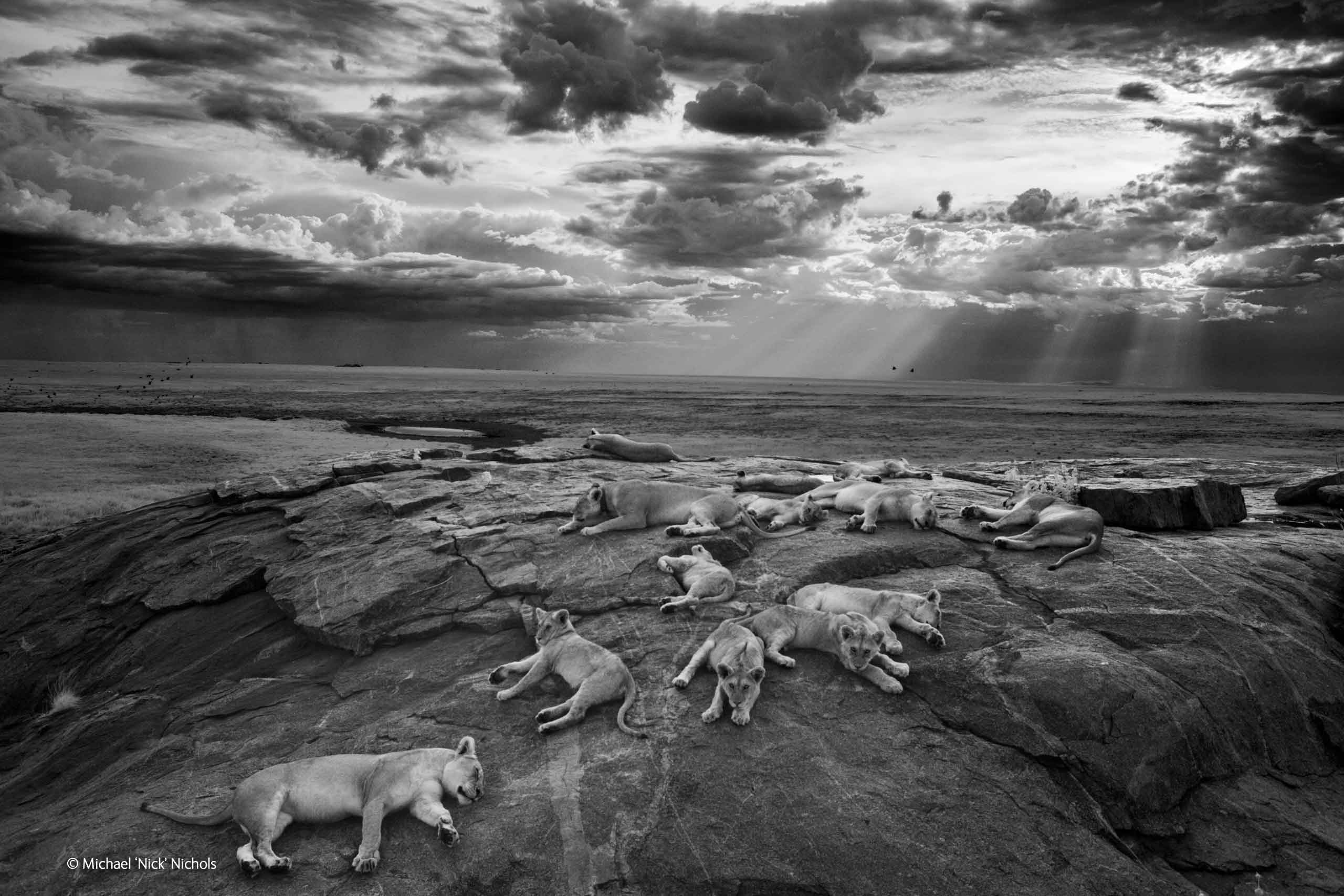The past week brought lots of excitement for members of the TED community. Below, some highlights.
Morgan Spurlock’s latest project, “We the Economy,” has a tagline that really explains it best. Billed as “20 short films you can’t afford to miss,” this online series brings together filmmakers and economists to answer big questions about the economy via short films. The series features the work of several TED community members—directors include Jon M. Chu (watch the TED performance, “In the internet age, dance evolves”) and Jehane Noujaim (watch her TED Prize talk, “My wish: a global day of film”); meanwhile, Adam Davidson (watch his talk, “What we learned from teetering on the fiscal cliff”) was an advisor. And if you haven’t seen Morgan’s talk, “The greatest TED Talk ever sold,” watch it now.
Last night’s Antares rocket explosion brought sad news for Will Marshall of Planet Labs, as 26 of the company’s ultra-compact satellites were onboard. Luckily, the rocket was unmanned and there were no injuries. But still, a loss for science. (Read about Will’s talk at TED2014, “Taking pictures of the entire planet, every day.”)
Svante Pääbo’s team has sequenced the genome of a man who lived 45,000 years ago, from a thigh bone found in Siberia in 2008. In a paper published in Nature, they explain how the bone revealed Neanderthal DNA fragments in short segments, which suggests that humans and Neanderthals interbred somewhere in the range of 50,000 to 60,000 years ago. (Watch Svante’s talk, “DNA clues to our inner neanderthal.”)
Last week, Frans Lanting co-hosted the Wildlife Photographer of the Year Awards, the 50th anniversary of this competition that’s akin to the Oscars for wildlife photographers. See the winning image below. Meanwhile, National Geographic in the Netherlands recently announced the first “Frans Lanting Award,” which will celebrate photographers who interpret the environment through their lens. Check out images from the finalists. (Watch Frans’ latest TED Talk: “Photos that give voice to the animal kingdom.”)

This image of lions sunning in Tanzania’s Serengeti National Park was shot by Michael ‘Nick’ Nichols. It won the Wildlife Photographer of the Year Awards, the 50th bestowing of the honor. Photo: Michael ‘Nick’ Nichols
Jer Thorp helped create the new browser plug-in Floodwatch, which tracks the ads you’re served up during the course of your regular browsing—for a good purpose. The app is designed to help you understand the ads you see, and to create a large online database that will give a detailed picture of how advertisers are using search data. Thorp explains on Medium why this project is so important. (Watch Jer’s TED Talk, “Make data more human.”)
Professor Thomas Dolby took part in a panel called “What’s Next for Classical Music?” at Johns Hopkins University last week. Watch the whole panel on Ustream (it also features TEDx speaker Ben Cameron). At 0:37:55, Dolby shows how TED has shared classical music with an audience of millions. (And watch one of Thomas’ own TED performances, “Love Is a Loaded Pistol.”)
It’s that time again: The annual “Dance Your PhD” finalists are ready for you to watch and vote. Dreamed up by writer John Bohannon, the contest encourages young scientists to think about how to communicate the key points of their work in crisp, memorable ways. Bonus: You will learn how low-fat mayonnaise can even exist. (Watch John walk the talk, err, dance it, in his TED Talk “Dance vs. Powerpoint” and his TED-Ed collaboration “Let’s Talk About Sex.”)
Ramesh Raskar’s EyeMITRA — a mobile retinal scanning system that he imagines becoming a health intervention you do daily after brushing your teeth — is in the running for the Nokia Sensing XChallenge prize. Browse the 11 other worthy entries too. (Watch Ramesh’s TED Talk, “Imaging at a trillion frames per second.”)
Shea Hembrey’s newest show, MultiVerses, opens Oct. 30 in New York. It’s a solo exhibition presented as a “group show” from five fictional artists (Artemesia Adebayo, Pawnee Calhoun, Harvey Lee, Elgin Rivers, and Phyllia Stanhope) who imagine the cosmos through paintings, sculpture and multimedia. (Meet Shea’s previous collection of invented artists in his TED Talk “How I became 100 artists.”)
Last week, science writer Emily Willingham was name-checked in Susan Etlinger’s TED Talk, “What do we do with all this big data?” This week, Willingham has won the John Maddox Prize for Standing up for Science for her calm, data-based reporting on hot-button issues such as autism. (And yes, we’ve been fans of Willingham for a long time.)
Gulp, the latest book from science writer Mary Roach, is shortlisted for the 2014 Royal Society Winton Prize for Science Books, with winner to be announced Nov. 10. Bonus: Read the first chapter of all seven shortlisted books. (And watch Mary’s TED Talk: “10 things you didn’t know about orgasm.”)
Did you know Chris Hadfield — astronaut, guitarist, test pilot — was also a photography geek? He’s just published an album of his jawdropping photos from space: You Are Here: Around the World in 92 Minutes. (Watch his TED Talk, “What I learned from going blind in space.”)
Comments (4)